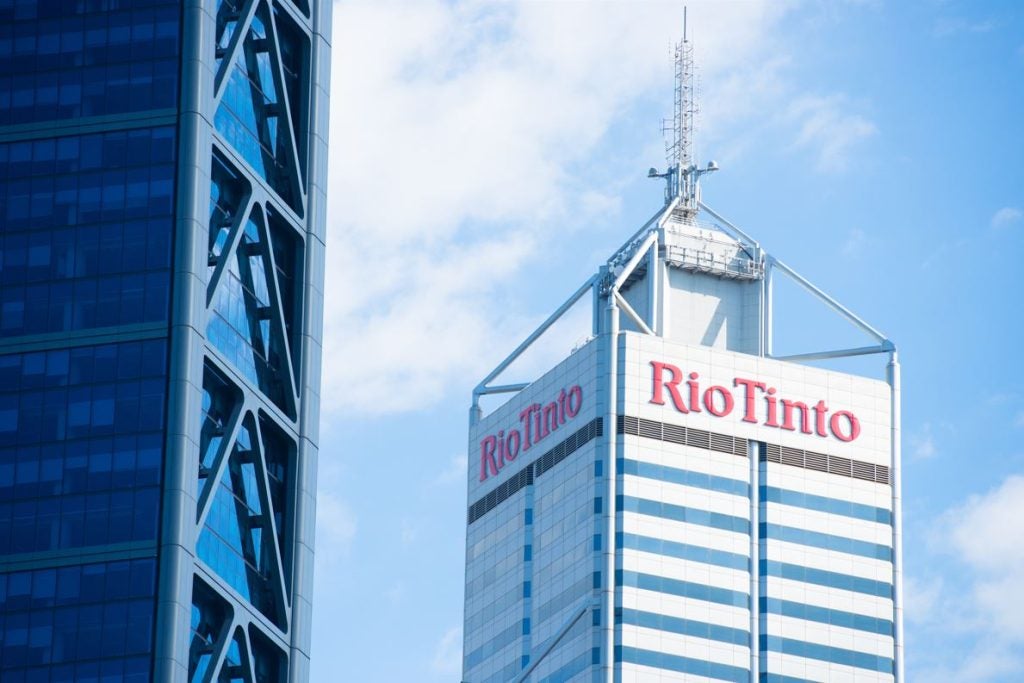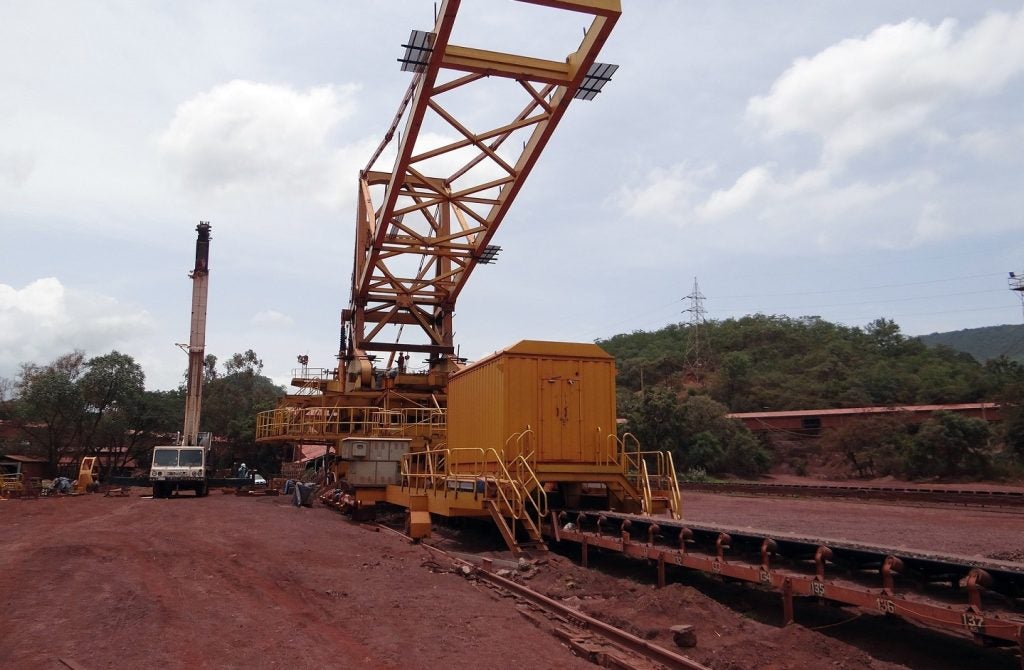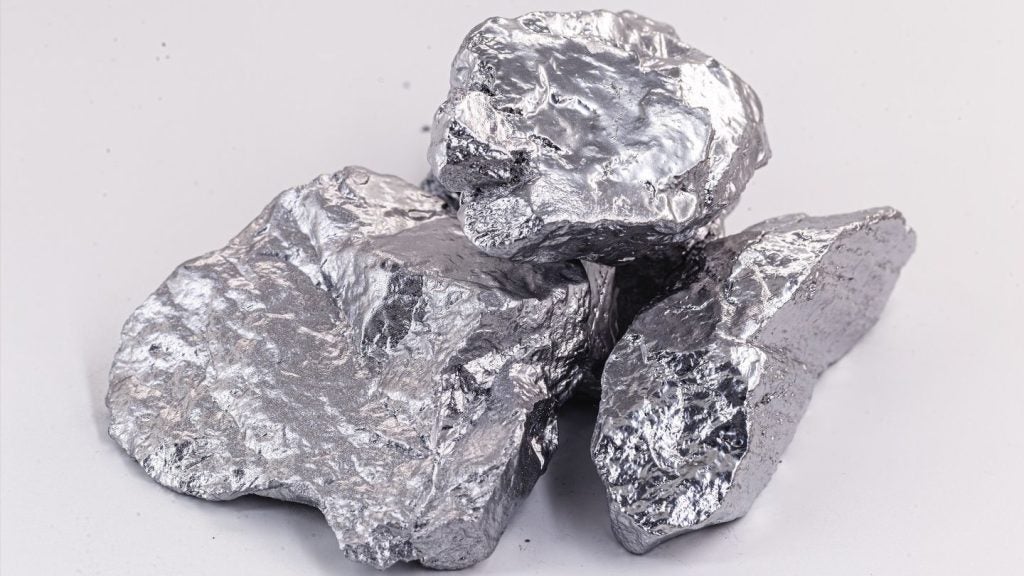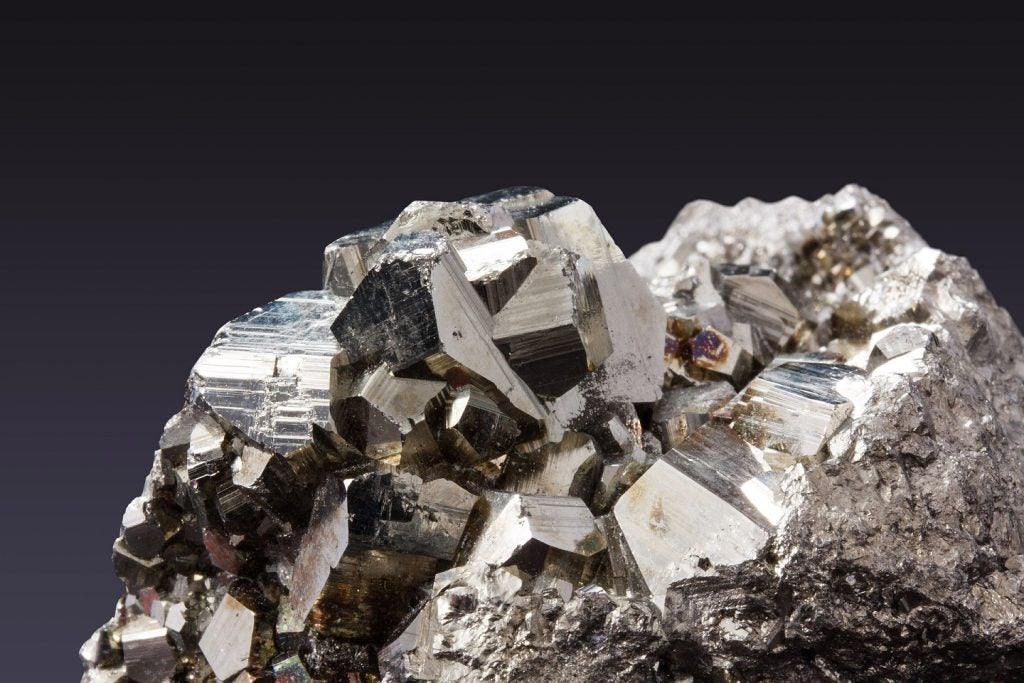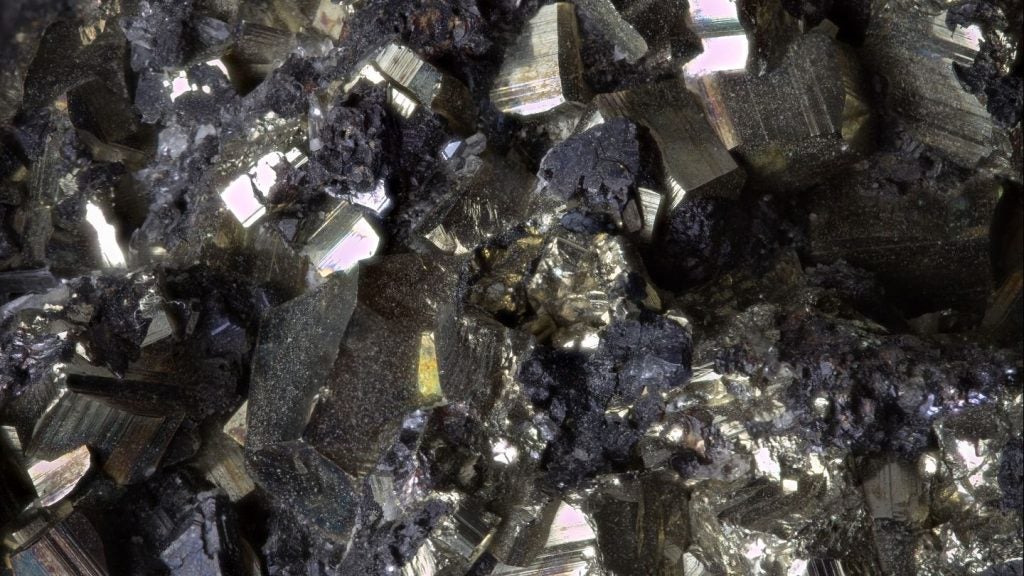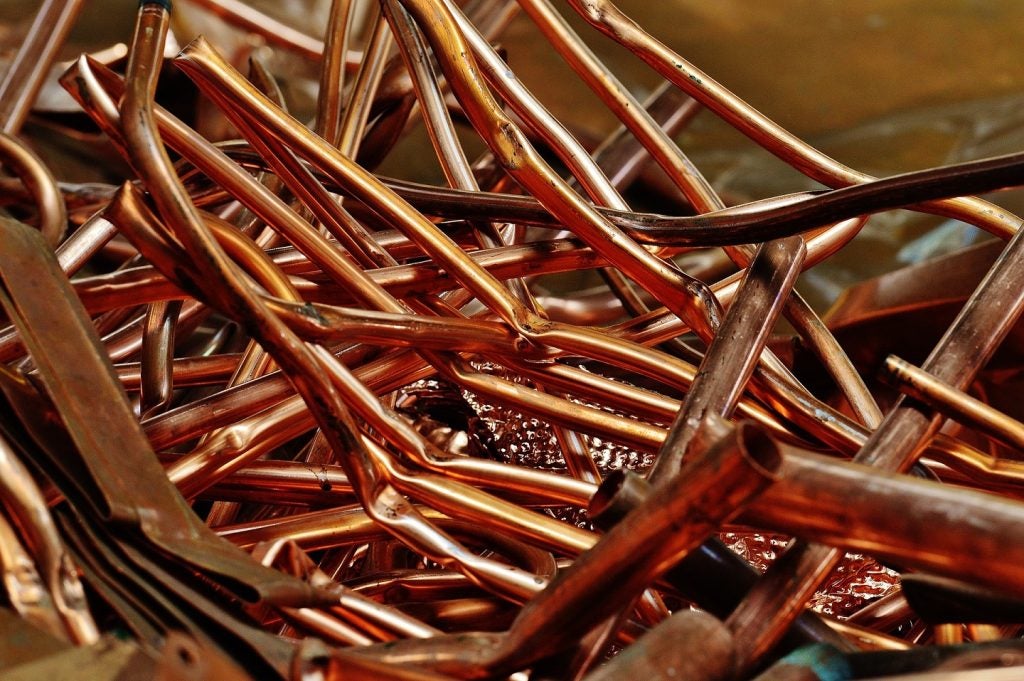Anglo-Australian mining giant Rio Tinto is to build Canada’s largest solar power plant that willsupply electricity to its diamond mine in the Northwest Territories, the miner announced on Thursday.
The plant will cover a quarter of the electricity needs of the Diavik diamond mine by generating around 4,200 megawatt-hours of electricity annually. The move comes as Rio Tinto plans to achieve net-zero emissions across its operations by 2050.
The solar plant is expected to cut the use of diesel at the mine by one million litres per year, consequently reducing around 2,900 tonnes of CO₂ equivalent. In a statement, the miner said the facility will be installed with bi-facial panels. The panels will serve the dual purpose of generating energy from sunlight and processing energy from the light reflecting off the snow that covers Diavik for a significant part of the year.
Diavik mine, which is wholly owned and operated by Rio Tinto, is Canada’s largest diamond producer. As part of its renewable portfolio, the facility already uses a wind-diesel hybrid power facility with a capacity of 55.4MW for electricity requirements.
President and chief operating officer of the Diavik Diamond Mine, Angela Bigg, said: “Through its wind-diesel hybrid power facility, Diavik is already a leader in cold climate renewable technology, and this important [solar] project reinforces our dedication to reducing our carbon footprint.”
The project received funding of C$3.3m ($2.45m) from the Government of the Northwest Territories’ Large Emitters GHG Reducing Investment Grant programme and C$600,000 from the Government of Canada’s Clean Electricity Investment Tax Credit.
The construction of the plant is due to start in the coming weeks, and the facility will be fully functional in the first half of 2024. Rio Tinto has set a target of reducing its scope 1 and 2 greenhouse gas emissions by 50% by 2030, with a 15% reduction by 2025. So far, the miner has managed to reduce emissions by 7% by installing large-scale renewable power alongside its operations.


